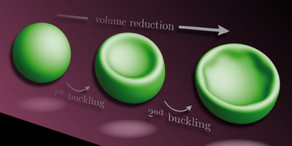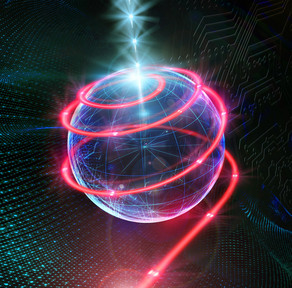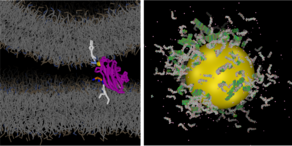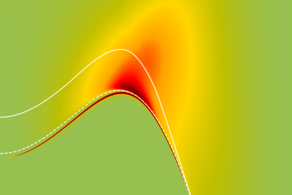More photons for quantum communication
- Reiter
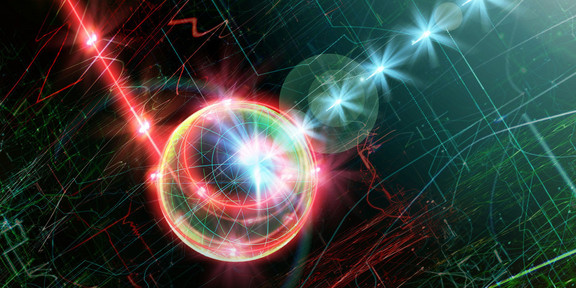
Researchers from Germany and Austria present in the renowned journal Nano Letters a new method for the generation of photons that can double the information rate in future quantum communication networks. The work is based on a theoretical prediction by the team led by TU physicist Dr. Doris Reiter.
Researchers from Germany and Austria present a new method for generating photons that can double the information rate in future quantum communication networks in the prestigious journal Nano Letters. The work is based on a theoretical prediction made by the team led by TU physicist Dr. Doris Reiter.
All over the world, physicists are researching to develop new technologies that take advantage of the principles of quantum mechanics. One key application is quantum communication: It is based on sending light in its smallest unit, the photon. For many applications, however, the light must be in a certain state, namely a single photon state. But what is the best way to generate such single photon states?
Scientists use quantum dots - tiny semiconductor crystals that can be integrated into chip components. Laser light can be used to excite the quantum dot and thus generate a single photon. However, this is tricky: If the laser light has the same wavelength (color) as the generated single photon, a complicated filtering technique is required. In the process, at least half of the generated photons are lost again.
To overcome this problem, theoretical physicists proposed a new method last year: the Swing-UP of quantum EmitteR population (SUPER) scheme. Dr. Doris Reiter played a leading role in the theoretical considerations. Reiter has been leading her own research group in the field of condensed matter theory at the Faculty of Physics at TU Dortmund University since April 2022. Her team is working on understanding quantum phenomena on the smallest scales and thus making novel quantum technologies usable. Among other things, the researchers also use numerical simulations.
Number of single photons could double
At the end of 2021, when she was still working at the Westfälische Wilhelms-Universität Münster, Reiter had already proposed the new method for generating single photons as the leader of a study in collaboration with physicists from the University of Bayreuth.
Now, in cooperation with experimental physicists from Innsbruck and Linz, she was able to implement it in the laboratory. Doris Reiter explains, "The SUPER scheme uses two red-tuned laser pulses, i.e. those with lower energy than the quantum dot transition, to generate single photons." This eliminates the need for filtering and theoretically allows twice as many single photons to be generated.
So to realize the experiment, the researchers* had to generate two different laser pulses. The team at the University of Innsbruck produced these two laser pulses from one pulse using a special component, a spatial light modulator. The ones needed for the experiment with quantum dots came from the University of Linz. "By exchanging theory and practice, we were able to successfully implement the new method in the experiment," emphasizes Thomas Bracht, who earned his doctorate in the research group of Dr. Doris Reiter and performed the theoretical calculations.
The experiment has shown that the SUPER scheme works very well and that the results are in excellent agreement with the theoretical predictions. With the implementation of this new method, which the scientists* report in the journal Nano Letters, they take a big step forward in the effort to make quantum communication useful not only in the laboratory but for real applications.
To the official press release of the TU Dortmund University



